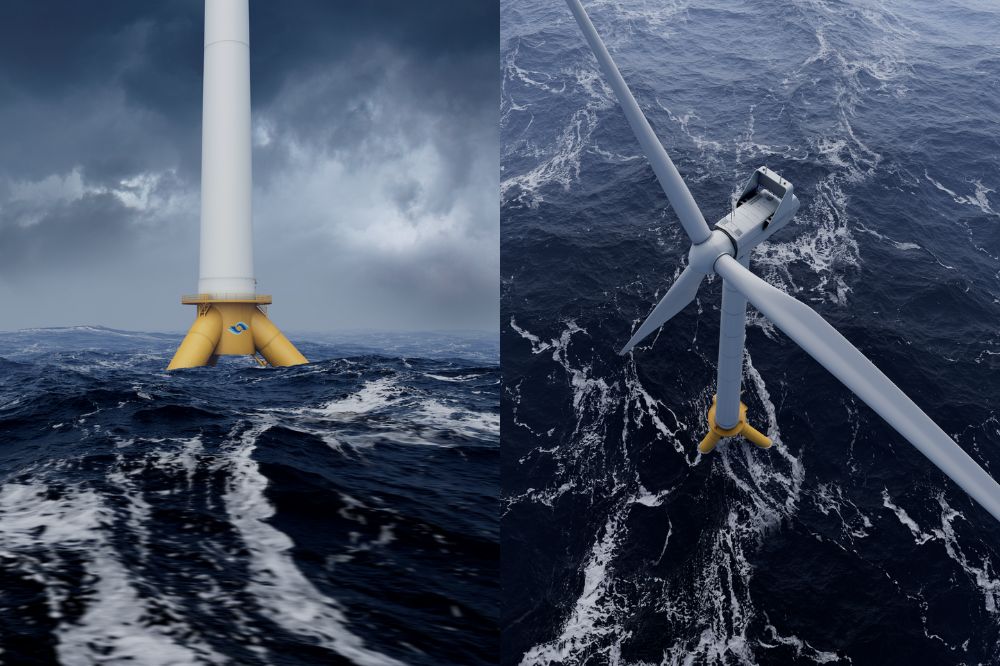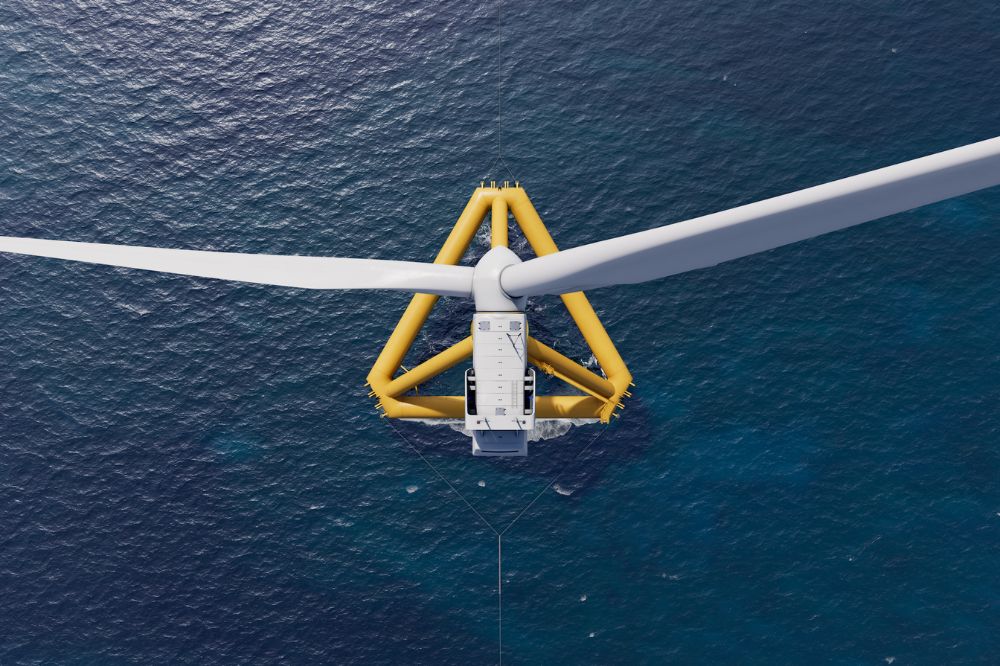Funding awarded for project to develop floating offshore wind platforms made from Welsh steel

A project to develop floating offshore wind platforms in the Celtic Sea, made from Welsh steel, has been awarded a £1m innovation contract.The Launchpad project, led by Swansea’s Marine Power Systems (MPS), is a collaboration with Tata Steel UK, Swansea University, ABP and engineering and fabrication company, Ledwood Engineering.
The funding is for the development of low CO2 steels strip steel floating platforms using steel manufactured in Port Talbot.
The project also aims to ensure that the material sourcing, fabrication, manufacture, and product deployment is maximised through local supply chains.
Optimise
Graham Foster, MPS Chief Technology Officer said: “We are confident that through this project we will be able to optimise our platform design to increase the amount of local, low CO2 steel used for each platform from around 10% to over 50% – that could be as much as 50,000 tonnes of steel each year, based on ongoing supply into Celtic Sea floating wind projects.”
“With the deployment of floating offshore wind in the Celtic Sea becoming a reality, the time is absolutely right to work with local supply chain partners and top research establishments to optimise the detailed design of our technology and maximise its deliverability.”

Tata Steel UK’s CEO Rajesh Nair added: “We have a vision for our future low CO2 steels to be at the centre of a green industrial hub here in south Wales. Collaborations with industrial partners such as MPS demonstrate the huge potential benefits of producing green steels as well as providing security for local supply chains and the communities that surround us.”
Structural efficiency
The key aim of the project is to optimise the structural efficiency of MPS’s floating offshore wind platform, PelaFlex, paying particular attention to the challenging environment in the Celtic Sea whilst minimising both the cost of materials and deployment.
Swansea University will provide design input by applying the latest developments in structural design modelling, and Ledwood, based in Pembrokeshire, will provide feedback that will help maximise the extent to which fabrication can be supported from local suppliers.
Input from Associated British Ports and the Port of Milford Haven will ensure that the platform can be assembled and deployed from those locations whilst minimising the investment required to do so.
Support our Nation today
For the price of a cup of coffee a month you can help us create an independent, not-for-profit, national news service for the people of Wales, by the people of Wales.





The Crown Estates and Westminster could do well out of this as the owners and beneficiaries of the shores around Wales. Give us back our Estates I say.
Also Wales is the 4th largest exporter of energy in the world, we produce more than we use so why do we need these?
Please explain your comment that Wales is the 4th largest exporter of energy in the world.
It`s true, about half of the electricity generated in Wales goes to England. However, the energy produced by these windfarms, would benefit the owners, not Wales, a bit like the coal industry, blatant exploitive, colonial Kapitalism..
Is it really true? Wales does indeed export electricity to Ireland and England, but I would be interested in statistics that support the assertion it is the 4th largest in the world. In 2022 Wales exported 16TWh, but this puts it below France, Switzerland, Spain, Belgium, Czechia, Canada, Sweden, Norway, Austria, Laos, China, Russia, South Africa and Portugal.
It will be interesting to see how/when TATA will be able to ensure a 24/7 provisoin of low CO2 electricity to power its new Electric Arc Furnac in the short/medium term- unless of course it sources the steel from other plants who do produce prduce low CO2 (whatever that is, as there is currently no industry standard).
They are joking, I’ve worked offshore for a number of years, Offshore Oil Platforms, similar in construction to the offshore wind farm modules are made from steel plate, not steel strip. Steel strip is used for cars and white goods. It would take a massive reengineering of Port Talbot to produce plate. Then do steelworkers have the skills to produce the offshore wind farms?. At the moment Aker BP in Norway are starting a fabrication phase for new oil and gas projects, and have announced the recruitment of 2000 new workers for their construction yard in Norway. Now to build… Read more »